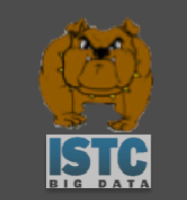
Dziedzic
I am a Tenure Track Faculty Member at CISPA, where I co-lead the SprintML group with a research focus on Secure, Private, Robust, INterpretable, and Trustworthy Machine Learning. We design robust and reliable machine learning methods for training and inference of ML models while preserving data privacy and model confidentiality.
Befor joining CISPA, I was a Postdoctoral Fellow at the Vector Institute and the University of Toronto, a member of the CleverHans Lab, advised by Prof. Nicolas Papernot. I earned my PhD in computer science at the University of Chicago, where I was advised by Prof. Sanjay Krishnan and worked on input and model compression for adaptive and robust neural networks. I obtained my Bachelor's and Master's degrees in computer science from Warsaw University of Technology in Poland. I was also studying at DTU (Technical University of Denmark) and carried out research at EPFL, Switzerland. I also worked at CERN (Geneva, Switzerland), Barclays Investment Bank in London (UK), Microsoft Research (Redmond, USA) and Google (Madison, USA).
Hiring: we are searching for ambitious students who would like to work with us in our SprintML group at CISPA. Please, feel free to email me if you are interested in this opportunity.
Email: adam.dziedzic@sprintml.com (my public PGP key)
Address: CISPA Helmholtz Center for Information Security, Stuhlsatzenhaus 5, 66123 Saarbrücken, Germany

 slides
slides talk
talk bibtex
bibtex


